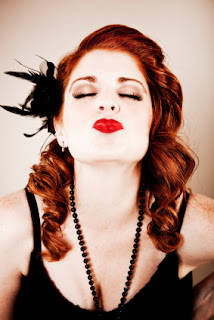From time to time, we folks here at Digital Camera Warehouse hold in-store events around a number of products. On Tuesday June 26, we held an experience night for the brilliant new Nikon D800 - the newest and arguably the most serious force in the pro DSLR camera market.
There was a turnout of customers some of which had already purchased and received this rather scarce item and others who were keen to see what all the fuss was about.
Andrew King, a pro equipment specialist from Nikon Australia, presented the D800 and a variety of lenses, describing the features including the new and insanely fast 51-point AF (auto focus) system and the Full HD video mode which has to be seen to be believed.
The fine detail, pristine colour reproduction and intuitive operation of the system make the D800 a joy to use and many punters felt the same.
While this event was held in our Sydney store in Canterbury, we know many of our interstate customers would love a similar experience night. Brisbane and Melbourne - we are working on it!
What do you think about the D800 (and indeed the Nikon D800e - the same camera with the optical low-pass filter removed from the sensor)? Check it out: Nikon D800/D800E.
There was a turnout of customers some of which had already purchased and received this rather scarce item and others who were keen to see what all the fuss was about.
Andrew King, a pro equipment specialist from Nikon Australia, presented the D800 and a variety of lenses, describing the features including the new and insanely fast 51-point AF (auto focus) system and the Full HD video mode which has to be seen to be believed.
The fine detail, pristine colour reproduction and intuitive operation of the system make the D800 a joy to use and many punters felt the same.
While this event was held in our Sydney store in Canterbury, we know many of our interstate customers would love a similar experience night. Brisbane and Melbourne - we are working on it!
What do you think about the D800 (and indeed the Nikon D800e - the same camera with the optical low-pass filter removed from the sensor)? Check it out: Nikon D800/D800E.




















